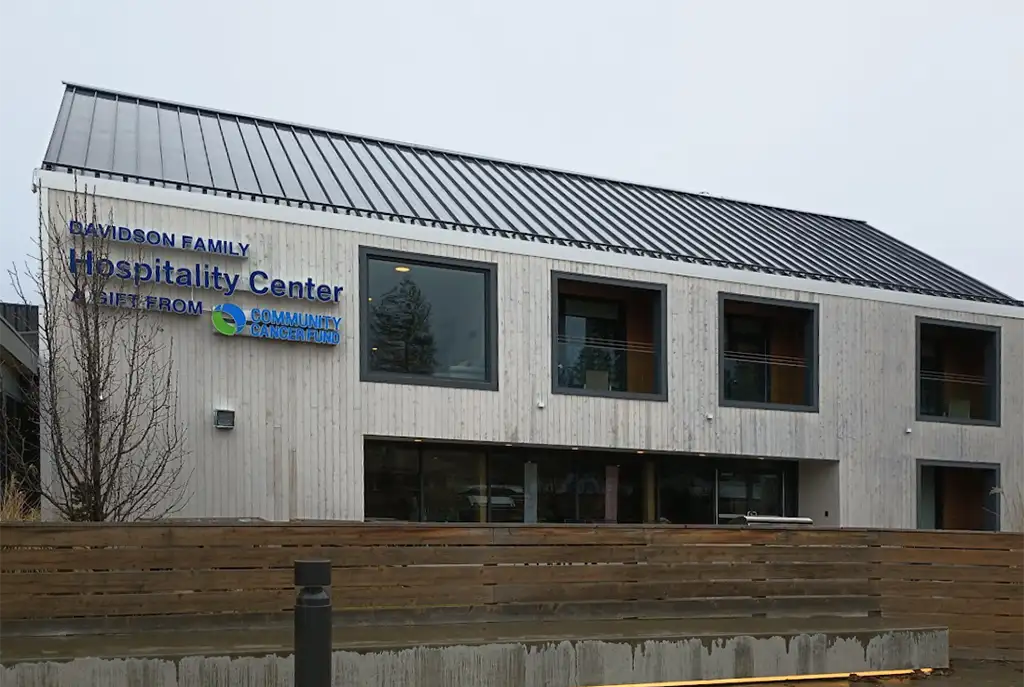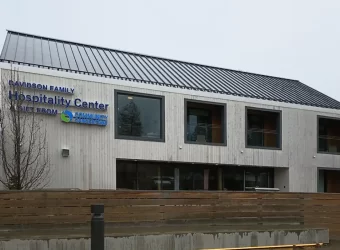 Whenever the word “travel” is mentioned, visions of luxury hotels, family vacations, road trips and maybe even cruises spring to mind. And for that type of travel adventure, advance planning and copious research is essential for anyone with access needs. But there is another type of travel — one that comes around somewhat unexpectedly — where it’s not so easy to make advance plans. It’s called emergency medical travel.
Whenever the word “travel” is mentioned, visions of luxury hotels, family vacations, road trips and maybe even cruises spring to mind. And for that type of travel adventure, advance planning and copious research is essential for anyone with access needs. But there is another type of travel — one that comes around somewhat unexpectedly — where it’s not so easy to make advance plans. It’s called emergency medical travel.
Emergency medical travel may be necessary in the blink of an eye, as you never know when unforeseen medical issues can arise. Where do you stay when a loved one is transported hundreds of miles away from home with a life threatening medical condition? Unfortunately that’s something most folks – myself included – don’t make plans for in advance. That said, it certainly deserves some forethought, especially if you’re a wheelchair-user or slow walker who requires accessible overnight accommodations. Think about it for a moment – what would you do if an unexpected medical emergency befell a loved one and you had to travel with them to seek medical attention?
It All Began With an Ambulance Ride
My story is a pretty typical emergency medical travel saga. My husband required treatment in our local emergency room, and before we knew it we were transported by ambulance to a hospital staffed with the specialists he required, over an hour away. I had the forethought to grab my phone charger, but other than that all I had were the clothes on my back.
The first night was a blur. I slept – or tried to sleep – in a chair beside my husband in the Intensive Care Unit. Suffice it to say, it was a very long night. The next morning a caring nurse asked if I had a place to stay, and I said no. She then referred me the hospital social worker, who connected me to Walden House (kh.org/family-support-services/hospitality-center/).
Walden House is part of the Ronald Mc Donald House Charities of the Inland Northwest; and they offer affordable overnight lodging to people who have loved ones undergoing treatment at Kootenai Health Center in Coeur d’Alene, Idaho. It’s just a half-mile from the main hospital building, with free shuttle service back and forth. And the guest rooms are large, comfortable and private; and they even have a closet filled with toiletries. Add in a community kitchen, a spacious great room with a fireplace, and a patio with a bbq and you have some very comfortable digs. All for just $65 per night.
Access-wise, there’s level access to the public areas, a lowered check-in desk, elevator access to the second floor and even an accessible shuttle. Some standard rooms have low step showers with grab bars, and toilet grab bars around the toilet; but they also have an accessible room that’s equipped with a roll-in shower. Truly they thought of everything.
Beyond Walden House
Of course, not everyone will find themselves undergoing emergency treatment in Coeur d’Alene; so as wonderful as Walden House is, you may have to find other options. And in that respect, the first place to look for emergency medical travel lodging options is on the hospital website. Many large hospitals list nearby choices, and although access isn’t mentioned, many times they do take that into consideration when choosing appropriate recommendations.
It’s also a good idea to search the Ronald McDonald House Programs website for a nearby chapter (rmhc.org/find-a-chapter). They generally provide housing for the immediate families of pediatric patients, but they also have adult housing in some locations. The social workers at the hospitals are also good resources. Not only can they direct you to on-campus housing options, but they usually also have a list of nearby hotels that offer discounts. And many of those hotels have their access information online.
And if you need temporary housing because of cancer treatments, Hope Lodge (cancer.org), and Joe’s House (https://www.joeshouse.org/) also have local referrals. Although they don’t list access details on the website, they do have photos.
Finally, a little advance preparation goes a long way. In retrospect I was ill prepared for my husband’s situation; in fact I was lucky I grabbed my phone charger as the EMTs carted him out the door. Ironically I have a detailed emergency fire evacuation list on my refrigerator, should we ever be evacuated (again). That said, I now have an emergency medical “bug-out kit”. It’s a gallon Ziploc bag filed with essential toiletries, meds, and some clean socks and underwear. It’s in my nightstand drawer, and although I hope I never have to use it, it’s there if I do. As they say — better safe than sorry.



 Whenever the word “travel” is mentioned, visions of luxury hotels, family vacations, road trips and maybe even cruises spring to mind. And for that type of travel adventure, advance planning and copious research is essential for anyone with access needs. But there is another type of travel — one that comes around somewhat unexpectedly — where it’s not so easy to make advance plans. It’s called emergency medical travel.
Whenever the word “travel” is mentioned, visions of luxury hotels, family vacations, road trips and maybe even cruises spring to mind. And for that type of travel adventure, advance planning and copious research is essential for anyone with access needs. But there is another type of travel — one that comes around somewhat unexpectedly — where it’s not so easy to make advance plans. It’s called emergency medical travel.